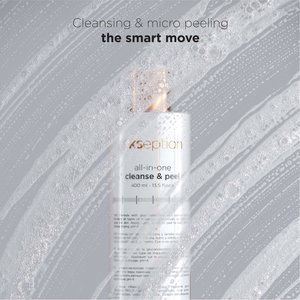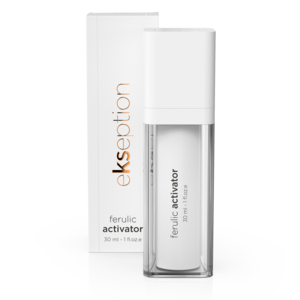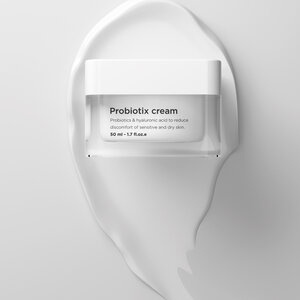Acne
Acné When pimples or blackheads become inflamed, acne develops. An unpleasant, visible condition on the face, back and chest. Proper care and skin-improving treatments reduce acne, prevent permanent scars and rebalance the skin.














Restores wrinkles. Rosacea and acne - suitable
Reduces sensitivity and redness.
During the day, use All day shield from Eksepti Read more
Restores wrinkles. Rosacea and acne - suitable
Reduces sensitivity and redness.
During the day, use All day shield from Eksepti






Probiotix for people with rosacea. It rejuvenates the skin by improving its visco elastic properties and significantly decreases deep wrinkles. Read more
Probiotix for people with rosacea. It rejuvenates the skin by improving its visco elastic properties and significantly decreases deep wrinkles.


This exclusive formula targets photoaging and free radical damage.
the skin tone looks even and brighter. Read more
This exclusive formula targets photoaging and free radical damage.
the skin tone looks even and brighter.


Acne
When pimples or blackheads become inflamed, acne develops. An unpleasant, visible condition on the face, back and chest. Proper care and skin-improving treatments reduce acne, prevent permanent scars and rebalance the skin. The ANBOS beautician helps you with this so that your skin looks clean and fresh again!
Youth Pimples Acne vulgaris is the medical term for youth pimples. It is a chronic inflammatory process of the hair follicle-sebaceous gland system that is influenced by hormonal factors. You will usually find acne on the face, neck and neck, chest and back. Adolescents, but also adults Almost everyone gets acne during puberty. One is a few pimples, the other is an extensive skin condition. This can cause psychological problems. Acne often starts around puberty and can last from five to ten years. But there are also plenty of people in their thirties who still have complaints. It also happens that adults who have never had pimples before suddenly get acne. Skin disease It can become annoying or even traumatic when acne manifests itself as a serious skin disease. Around 40% of adolescents have acne so severe around the age of 15 that outside help is necessary.
Source; ANBOS
How Do I Reduce Acne?
There are 3 factors we can address:
The dead stratum corneum, which blocks the output of the sebaceous gland
the bacteria on the skin that causes the inflammation
the excess sebum produced by the sebaceous gland


















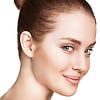 Skin type
Skin type
 Products
Products
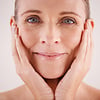 Skin problems
Skin problems
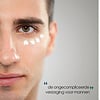 Men care
Men care
 New
New
 Discount !!
Discount !!
 Mila d'Opiz
Mila d'Opiz
 Bernard Cassière
Bernard Cassière
 Ekseption Skincare
Ekseption Skincare
 Fusion Meso
Fusion Meso
 Sothys Paris
Sothys Paris
 Derma science by Mila d'Opiz
Derma science by Mila d'Opiz
 JK by Mila d'Opiz
JK by Mila d'Opiz
 Pascaud
Pascaud

